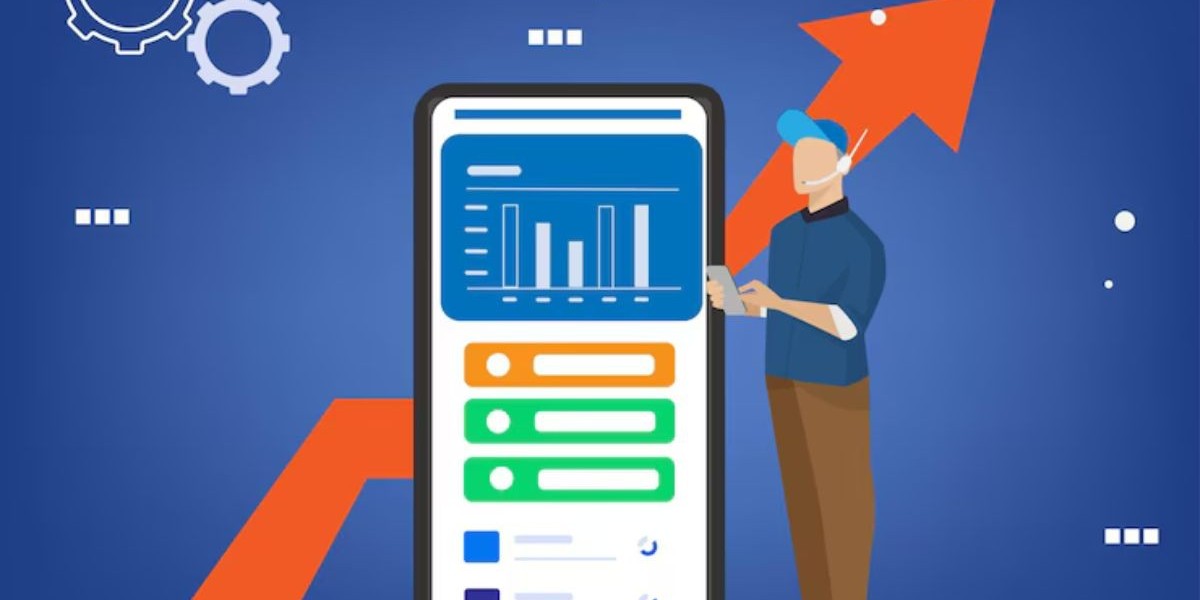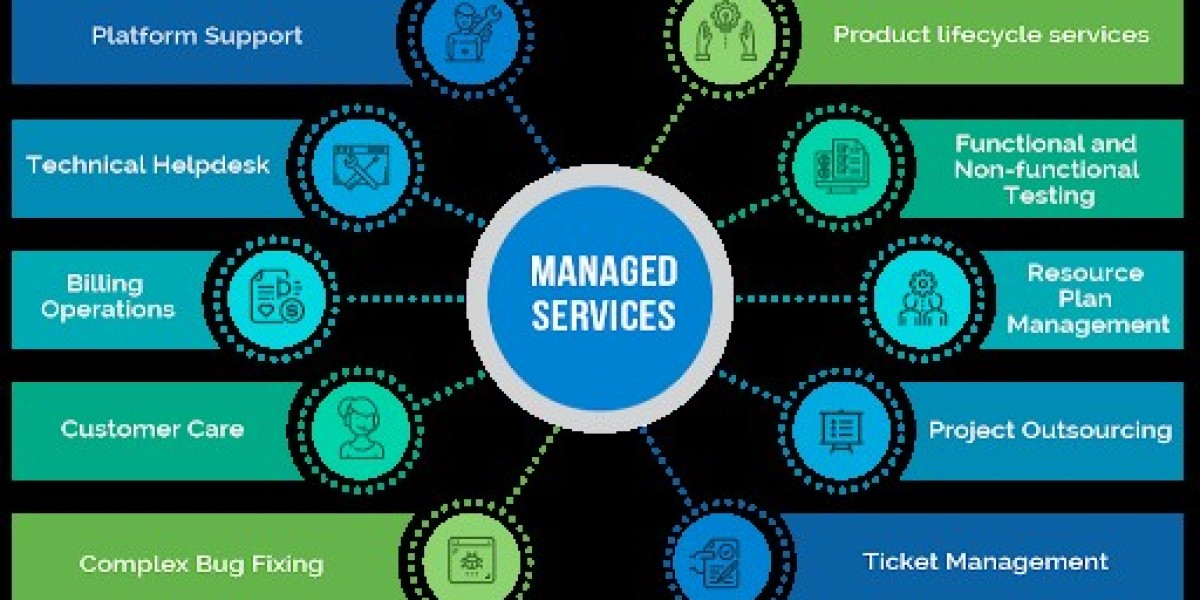Home service apps help connect homeowners with local service professionals like plumbers, electricians, carpenters and more. These apps allow homeowners to easily find and book qualified professionals nearby. Performance is crucial for home service apps as even small delays can negatively impact the user experience and satisfaction. A slow app will frustrate users and service providers alike.
In this article, we will discuss various techniques and best practices to ensure high performance in your home service mobile app. We'll cover topics like choosing the right programming language and mobile platform, code optimization techniques, efficient data handling, animation optimizations, monitoring and more. The goal is to provide practical tips to build a buttery smooth home service app that delights both users and professionals.
Choose the Right Programming Language
The programming language used has a significant impact on an app's performance. Modern languages like Java, Kotlin on Android and Swift on iOS offer better performance compared to older choices.
Java and Kotlin have built-in support for features like garbage collection to automate memory management. They optimize memory usage by allowing mutable and immutable data types. Modern syntax also allows writing more optimized code. Java/Kotlin apps generally have lower memory footprints than those written in older languages.
Swift was designed from the ground up for iOS development. It improves upon Objective-C with features like value types, type inference, protocol oriented programming and concurrency. These optimizations allow building lightweight apps with little memory overhead. Swift code is also compiled to native executable code, avoiding the overhead of interpretation.
Choosing a modern, optimized language upfront simplifies optimization efforts down the line. Java/Kotlin and Swift are excellent choices for building high-performing, native feeling home service apps.
Choose the Right Mobile Platform
The mobile platform choices of Android vs iOS also impact performance. While Android supports a wider range of diverse hardware, iOS devices have more consistent and often higher-end hardware. Android apps need to support more device configurations.
iOS manages memory more aggressively via automatic reference counting (ARC). It reclaims unused memory very quickly, improving responsiveness. Modern iOS devices also have more RAM and faster storage/memory access compared to average Android devices.
This allows building more resource-intensive iOS apps compared to Android. However, Android's large market share makes it critical to optimize performance there as well. Some strategies include developing common codebase using Flutter/React Native, monitoring multiple devices to optimize for lowest specs. Choose the right platform based on your business requirements and priorities. Visit Zipprr: https://zipprr.com/urbanclap-clone/
Follow Best Practices in Code Architecture
The architecture impacts how code is organized and how different components communicate. Clean architecture patterns like MVC, MVP and MVVM improve separation of concerns and support performance optimizations.
Some advantages include:
Models keep business logic separate from views, simplifying updates.
Wrapping API/storage logic in repositories avoids tight coupling with views.
Dependency injection improves testability and eliminates tight coupling.
Defining explicit interfaces/contracts optimize communication between layers.
View layers call Presenters/ViewModels in async non-blocking ways avoiding lags.
These patterns allow easily scaling the app, optimizing bottlenecks, caching/batching operations without affecting other layers. Consider architectures like Clean Swift on iOS or Architecture Components on Android.
Leverage Lean Data Models
Data models should be optimized to reduce size and memory usage. Here are some approaches:
Use value types like structs for small models instead of reference classes. This avoids reference counting overhead.
Define non-optional properties with default values instead of optionals which use more memory.
Architect models hierarchically with nesting instead of flat relationships to optimize property access.
Store small data in Codable structs and larger binary/image data separately to avoid duplicating.
For Core Data models, leverage automatic lightweight migration and binary storage instead of sqlite.
Define immutable models when possible to enable caching and reduce unexpected mutations.
With careful modeling, you can significantly reduce the overall memory footprint of your app's data models.
Load Data Efficiently
Efficiently loading data from backend storage/APIs is critical for performance. Here are some techniques:
Implement pagination for large data sets instead of loading everything at once.
Cache network responses and database queries locally using libraries like Cache and SQLite.
Batch operations like multiple network requests or database queries at once.
Consider using reactive paradigms like Combine on iOS and coroutines on Android for asynchronous operations with efficient memory usage.
Compress images, serialize data to binary formats like JSON instead of XML to reduce payload size.
Implements placeholders, loading states to improve perceived performance.
By reducing roundtrips to servers, batching operations and leveraging local caching, you can significantly speed up data loading and reduce memory spikes.
Optimize Images, Videos and Other Media
Media assets can significantly impact any app's performance if not handled carefully. Here are some best practices:
Compress images losslessly using formats like WebP which offer much smaller file sizes than JPEG/PNG.
Use vector graphics formats like SVG for logos, icons which scale beautifully on any screen density.
Lazy load offscreen images not being displayed using libraries like Kingfisher on iOS.
Resize images to actual screen sizes required instead of full resolution images.
Cache resized images in memory and on disk to avoid reprocessing.
Encode videos using efficient formats like H.264 and stream/download partially instead of loading full files.
Consider using sprites for small repetitive elements like buttons.
By optimizing formats and leveraging techniques like lazy loading, you can drastically reduce memory usage from images, videos and media assets.
Animate Smoothly
Fluid animations and transitions improve the user experience but need optimization for high performance. Here are some tips:
Use lightweight property animators provided by platforms versus custom animations which are memory intensive.
Animate only necessary UI elements rather than entire view hierarchies.
Offload animations to main thread using dispatch queues for buttery 60fps.
Favor simple animations like fades over complex custom animations when possible.
Cache computed animation values locally rather recomputing on every frame.
Consider using a animation library like Spring to optimize dynamics computation.
With minor tweaks, you can deliver buttery animations without performance penalties.
Handle Crashes & Exceptions Responsibly
Proper error handling is critical for stability as well as getting unhandled crashes under control. Some best practices include:
Wrap risky code sections in try-catch and handle crashes gracefully.
Log errors/crashes locally as well as to servers using libraries like Crashlytics.
Add reasonable timeouts/error handling for network/long running tasks.
Validate user inputs to avoid crashes from corrupted/unexpected data.
Defensive coding practices prevent crashes from optionals, collections etc.
Use memory profilers to find leak hotspots and optimize allocations.
By preventing and responding to crashes elegantly, users have a smooth experience.
Leverage Hardware Features Wisely
Modern devices offer powerful hardware but need prudent use for best results. Consider techniques like:
Offload intensive processing to GPU over CPU using Metal on iOS, OpenGL on Android.
Use multicore CPUs efficiently via concurrency constructs like Grand Central Dispatch.
Optimize motion sensor/location usage to conserve battery over fast updates.
Leverage hardware accelerators for ML/AR features for snappy performance.
Download heavy assets responsively over background to not block UI.
By utilizing hardware judiciously, you can amplify an app's capabilities without sacrificing user experience.
Write Performance Tests
Testing performance is as important as functionality testing to catch regressions. Here are some test types:
Unit tests validate individual components like data parsing/formatting operate efficiently.
UI tests automate user flows to validate smooth interactions under load.
Stress tests simulate heavy/prolonged usage to find cracks.
Memory use tests using Allocations/Leaks Instruments locate bloating over time.
Network traces via Charles/Inspector profile request/response sizes.
Benchmark tests compare performance impact of code/algorithm changes.
Consistently running these tests alongside code changes helps optimize the app proactively rather than fixing after launch.
Monitor Performance in Production
To understand real-world performance with a wide range of devices and network conditions, monitoring in production is important. Some approaches include:
Crashlytics identifies crashes in the wild, their frequency and affected devices.
Track key metrics like load times, memory use, jank/stutters using Amplitude/Mixpanel.
SDKs like Heap capture memory profiles directly on devices.
Monitor network request performance using DataSaver on Android and Cellular data on iOS.
Get feedback from users about performance glitches using in-app surveys.
By continuously analyzing production metrics, performance can be improved iteratively as the app evolves in the field.
Follow Ongoing Optimization Best Practices
Performance optimization is an ongoing effort as an app continues to evolve with more features and usage. Some long term practices include:
Follow optimization best practices while building new features from the start.
Regularly audit memory footprint and refactor code as needed based on profile results.
Continuously monitor metrics on new devices/OS versions as they are release.
Prioritize optimizations around actual slow user flows and bottlenecks over micro.
Consider architectural changes if profiles reveal core changes are necessary.
Educate other teams like design and QA on performance considerations.
Performance tweaks have high returns when applied at each stage instead of leaving to end as an afterthought.
Conclusion
By following these optimization best practices around choice of tools, architecture, data handling, animations, testing and monitoring - home service app developers can deliver buttery smooth experiences. Performance directly impacts user satisfaction and business metrics. With proactive measures, home service apps can achieve reliable, low-latency interactions for superior user and provider experiences.








